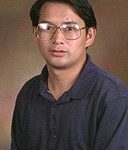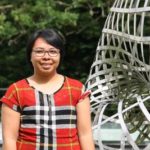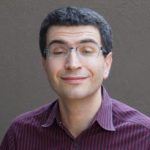 Sums of Squares in Extremal Combinatorics
Sums of Squares in Extremal Combinatorics
Greg Blekherman — Georgia Tech
I will explain how sums of squares in the gluing algebra of partially labelled graphs can be used to prove graph density inequalities in extremal combinatorics. This is the essence of semidefinite method of Lovasz and Szegedy, and also Cauchy-Schwartz calculus of Razborov. I will introduce the sums of squares method, do several examples of sums of squares proofs, and then present simple explicit inequalities that show strong limitations of the sums of squares method. No background in combinatorics is necessary. This is joint work with Annie Raymond, Mohit Singh and Rekha Thomas.


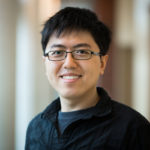
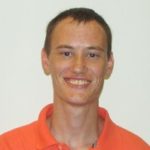

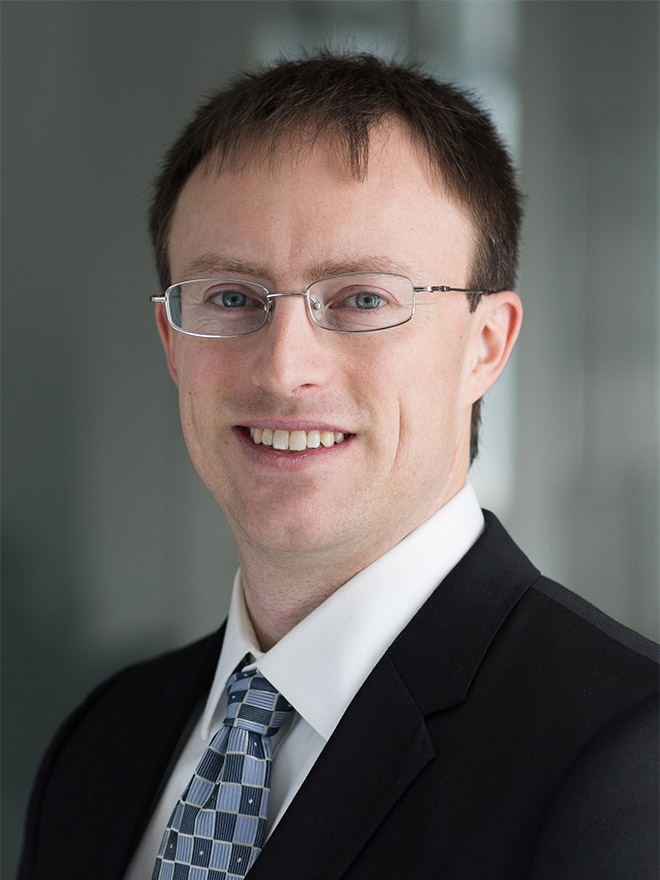 Mixed Integer Polynomial Optimization – Algorithms and Complexity for Linear and Non-Linear Cases when the Dimension is Fixed
Mixed Integer Polynomial Optimization – Algorithms and Complexity for Linear and Non-Linear Cases when the Dimension is Fixed

